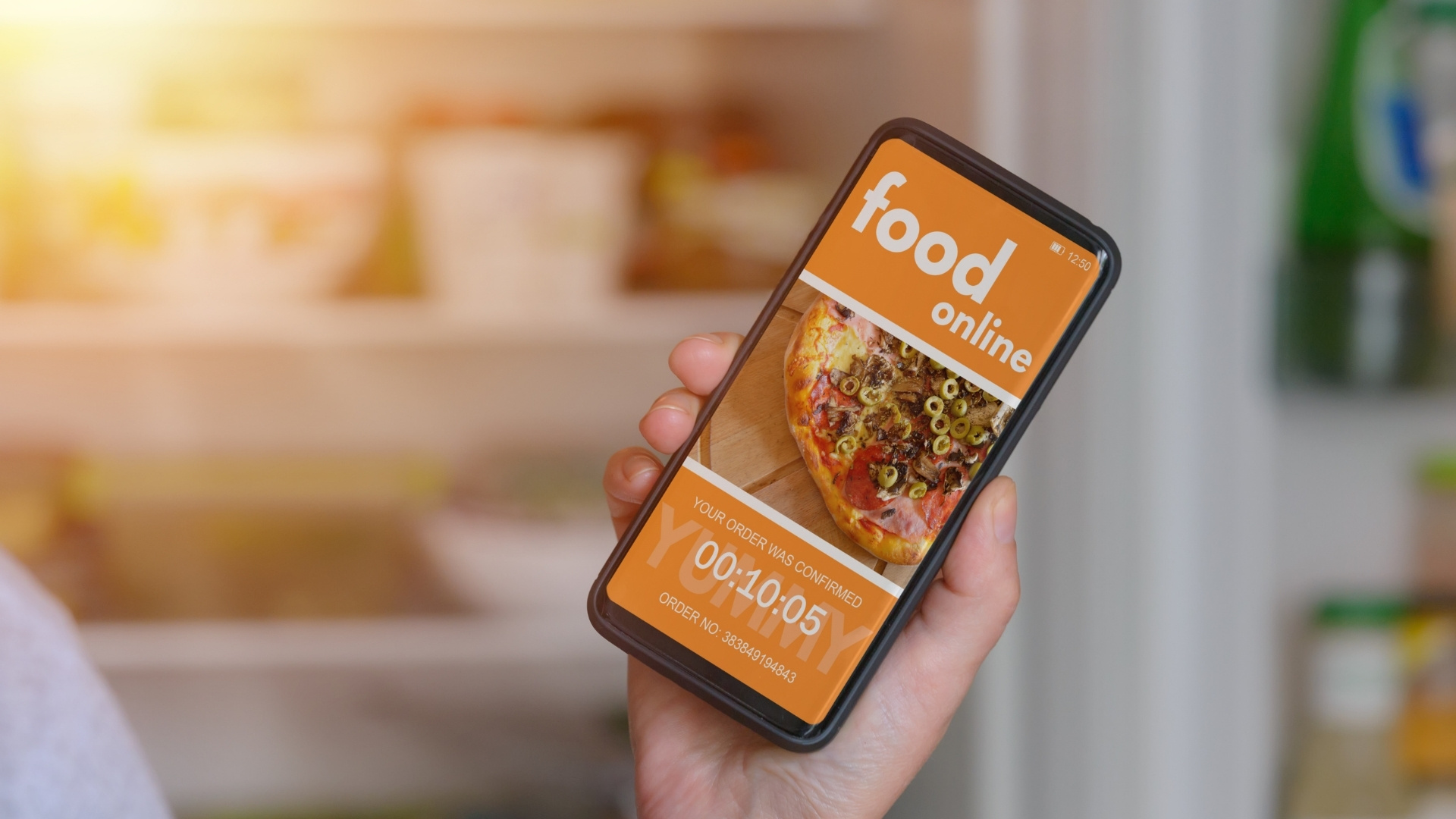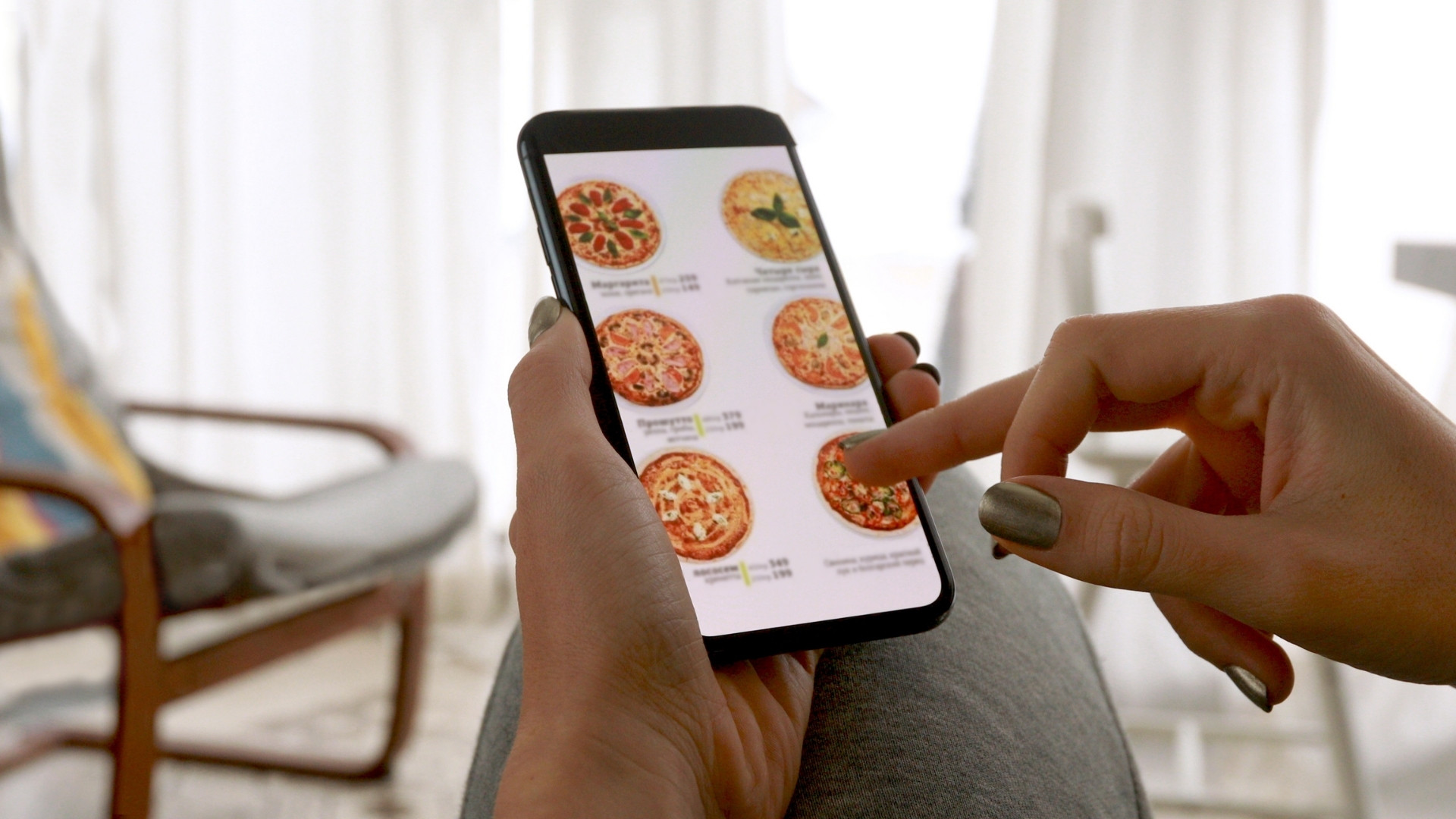October 22, 2025

If you run a restaurant, you already know what it feels like to watch third-party apps take a hefty slice of your hard-earned revenue. Every order that comes in through a delivery platform brings sales but also cuts deep into profits through commissions that can reach up to 15-30%. For many small and midsize restaurants, that’s money that could have gone toward ingredients, staff, or rent.
Across North America, restaurant owners from family-run diners to busy ghost kitchens are rethinking their online ordering strategies. The pandemic accelerated digital adoption, but now operators are realizing that control and profitability matter just as much as convenience.
In this blog, you’ll learn how switching to a commission-free restaurant online ordering system helps restaurants and QSRs regain control, improve margins, and strengthen customer loyalty.
A Restaurant Online Ordering System (ROOS) enables customers to place pickup or delivery orders directly through your website, mobile app, or branded platform. This eliminates the need for third-party marketplaces, allowing restaurants to retain full control over sales.

Below are the key features of a Restaurant Online Ordering System:
For QSRs and ghost kitchens, these systems are an essential solution that simplifies digital ordering, reduces operational costs, and ensures every dollar earned stays within the business.
Now, let's explore why more restaurants are adopting commission-free systems, and it's not just about cost savings.
Cutting commissions isn’t just about profit; it is about gaining control, improving operational flexibility, and building stronger customer relationships. Commission-free systems allow restaurants to retain more revenue, streamline operations, and make data-driven decisions that directly benefit the business.

Below are the key ways commission-free ordering creates lasting value:
Independent and quick-service restaurants often operate on very thin profit margins. Eliminating commission fees enables restaurants to retain more revenue, which can make the difference between breaking even and achieving profitability. The extra funds can be strategically reinvested to improve operations.
Benefits include:
Ordering through your own platform means you own the customer relationship. Unlike third-party apps, which retain customer data and insights for themselves, commission-free systems provide you with full access to your audience.
Benefits include:
From menu presentation to packaging, maintaining a consistent brand experience is crucial. Commission-free systems ensure your restaurant can fully control how it is perceived.
Benefits include:
Small or family-run restaurants often struggle to manage multiple third-party dashboards. Commission-free ordering consolidates everything in a single platform.
Benefits include:
Commission-free models also have a broader social and economic impact. Local operators benefit from retaining profits within the community instead of paying high third-party fees.
Benefits include:
These benefits are driving a significant shift in how restaurants approach digital ordering, with operators increasingly prioritizing control, efficiency, and customer engagement.
With the growing momentum toward self-managed systems, it’s crucial to understand why the third-party model is becoming less sustainable for restaurants of all sizes.
Relying solely on delivery apps comes with several hidden trade-offs that can impact profitability, brand control, and customer relationships:

Also Read: Boost Your Restaurant’s Sales with Online Ordering & POS Solutions
So, what does a commission-free system actually look like when implemented, and how can restaurants of different types make it work?
Commission-free ordering doesn’t have to be complicated or require heavy technology. It is about selecting tools that enable you to manage online orders independently, while maintaining complete control over sales and customer relationships.
Examples by Restaurant Type:
For restaurants looking to implement a commission-free system, iOrders offers a white-label online ordering solution that eliminates high third-party commissions. Take complete control of your restaurant’s online orders with iOrders’ commission-free solution today.
While the benefits are substantial, it’s equally important to understand potential challenges and how to manage them effectively.
Switching to a commission-free system requires a mindset shift and some upfront planning. While the benefits are significant, restaurants need to address key operational and customer-related considerations:

Designing or integrating a branded online ordering site or app takes careful planning. Proper setup ensures smooth operations and prevents order errors.
Key considerations:
Encouraging customers to move away from familiar third-party apps requires consistent promotion. Marketing efforts help increase direct order adoption.
Effective strategies:
Managing deliveries in-house demands careful planning to maintain efficiency and service quality.
Best practices:
Educating customers is key to a smooth transition from third-party platforms to your direct ordering system.
Tips for engagement:
Also Read: Understanding Contactless Ordering in Restaurants
Although the initial effort demands planning, the long-term returns are substantial. Restaurants gain consistent profit and direct access to actionable customer data. They also build stronger relationships with loyal repeat customers, creating a more resilient and profitable business model.
Restaurants must balance profitability with providing a seamless online ordering experience. Traditional third-party platforms often charge high commissions, reducing margins and limiting control over customer relationships. iOrders solves these challenges by offering a commission-free online ordering solution explicitly customized for restaurants.

Key Features:
Restaurants can fulfill orders using their in-house team, such as delivery staff employed directly by the restaurant. iOrders acts as the technology layer, handling the entire order process: it receives online orders, routes them to your POS system, and sends real-time notifications to ensure timely preparation and delivery.
Streamline your restaurant’s online ordering. Try iOrders’ commission-free solution today.
Relying on third-party apps can slowly reduce profits, limit customer data, and diminish control over your brand. Commission-free online ordering enables restaurants to reclaim revenue, strengthen customer relationships, and operate more efficiently, making it the future of restaurant ordering.
iOrders provides a simple, white-label solution to make this shift effortless. You can manage orders directly, retain more profits, and engage your customers with loyalty programs and personalized offers. You also maintain full control of your brand and data.
Take control of your restaurant’s online orders today. Try iOrders’ commission-free solution and request a demo to start maximizing revenue and building stronger customer connections.
A. Yes. By managing orders directly through your own system, restaurants can eliminate errors caused by third-party apps or manual re-entry. Orders flow straight to your POS or kitchen display, reducing miscommunication, improving accuracy, and ensuring customers receive precisely what they requested.
A. Commission-free platforms can improve delivery efficiency. With direct control, you can optimize routes, manage driver schedules, and coordinate kitchen workflows. This leads to faster deliveries, fewer delays, and better customer satisfaction compared to relying on external apps, where delivery performance is outside your control.
A. Direct ordering platforms allow restaurants to suggest add-ons, combos, or premium items at checkout. Unlike third-party apps, you control the suggestions and promotions, which increases average order value and encourages repeat purchases while maintaining full ownership of the customer experience.
A. Yes. These systems support multi-location operations, ghost kitchens, and menu expansions. Centralized dashboards allow you to track orders, manage inventory, and maintain consistent branding as your business grows, all without increasing per-order costs.
A. Absolutely. Direct systems provide detailed reports on sales, taxes, and customer data, making compliance easier. You have complete visibility over transactions, simplifying accounting, tax reporting, and operational audits without relying on third-party platforms.